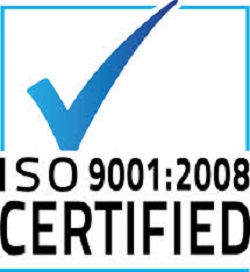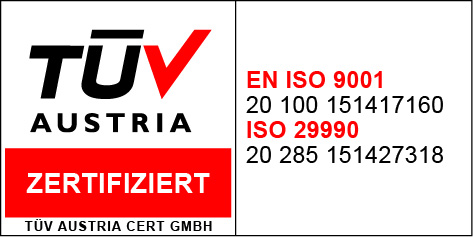


Many enterprises continue to operate with this traditional
structure, but others have taken changing views on management. Facing heightened global competition, American
businesses are seeking more flexible organization structures, especially in high-technology industries that
employ skilled workers and must develop, modify, and even customize products rapidly. Excessive hierarchy and
division of labor increasingly are thought to inhibit creativity. As a result, many companies have "flattened"
their organizational structures, reduced the number of managers, and delegated more authority to
interdisciplinary teams of workers.
A Mixed Economy: The Role of the
Market
The American free enterprise
system emphasizes private ownership. Private businesses produce most goods and services, and almost two-thirds
of the nation's total economic output goes to individuals for personal use (the remaining one-third is bought by
government and business). The consumer role is so great, in fact, that the nation is sometimes characterized as
having a "consumer economy." This emphasis on private
ownership arises, in part, from American beliefs about personal freedom. From the time the nation was created,
Americans have feared excessive government power, and they have sought to limit government's authority over
individuals -- including its role in the economic realm. In addition, Americans generally believe that an
economy characterized by private ownership is likely to operate more efficiently than one with substantial
government ownership.
Government also addresses issues beyond the reach of market forces. It provides
welfare and unemployment benefits to people who cannot support themselves, either because they encounter
problems in their personal lives or lose their jobs as a result of economic upheaval; it pays much of the cost
of medical care for the aged and those who live in poverty; it regulates private industry to limit air and water
pollution; it provides low-cost loans to people who suffer losses as a result of natural disasters; and it has
played the leading role in the exploration of space, which is too expensive for any private enterprise to
handle.
|
Join our Linkedin Group
The GAFM ® Board is the 1st Graduate Certification Body to Become Accredited and Certified for: ISO 9001 Quality and ISO 29990 Training in the World. GAFM ® owns the former AAFM ® Certifications and Programs
|

Home Certifications Board Recognition Requirements Providers About Contact Us Contact Apply AFAPPC GetCertifiedPPC Benefits Chartered Wealth Manager News How To Use Stock Markets Training Calendar FINRA Application Reg. Payments About Old Events CWM Training Program News UBT University Business Technology Saudi Arabia Saudi Arabia - Certification Training Programs 2017 - University Business & Technology In House Training Speakers CEO Message Chartered Certified Economist Certified Financial Analyst FINRA SEC Chartered Wealth Manager Training Verify Member Indonesia Malaysia Guides Informa GAFM Guides Jamaica Qualifying Degrees Global Advisors Membership Mission Ethics Governmental Recognition Links Handbook mfm Financial Planner Program Chartered Economist CCO Higher Institute IP List Become Provider Management Consulting Jobs AAPM TUV Accreditation CWM Chartered Wealth Manager Terms Approved Fin Analyst Degrees Copy of Certification Economics Certification Economics Degrees Management Degrees Finance Degrees Accounting Degrees Exams Renew Certification Continuing Ed Awards Sample Accreditations Honor Society Trademarks Careers Government Jobs Complaint Site Map Mentz George Mentz Lawyer Mentz George Colorado USA Speaker Consultant AFA ® Accredited Financial Analyst Certification CTEP ® Trust and Estate Certification CIPM ® Certified International Project Manager CWM ® Chartered Wealth Manager ® AMA ® Management Accountant Certification AMC ® Management Consulting Certification MMC ® Management Consulting Certification Book







